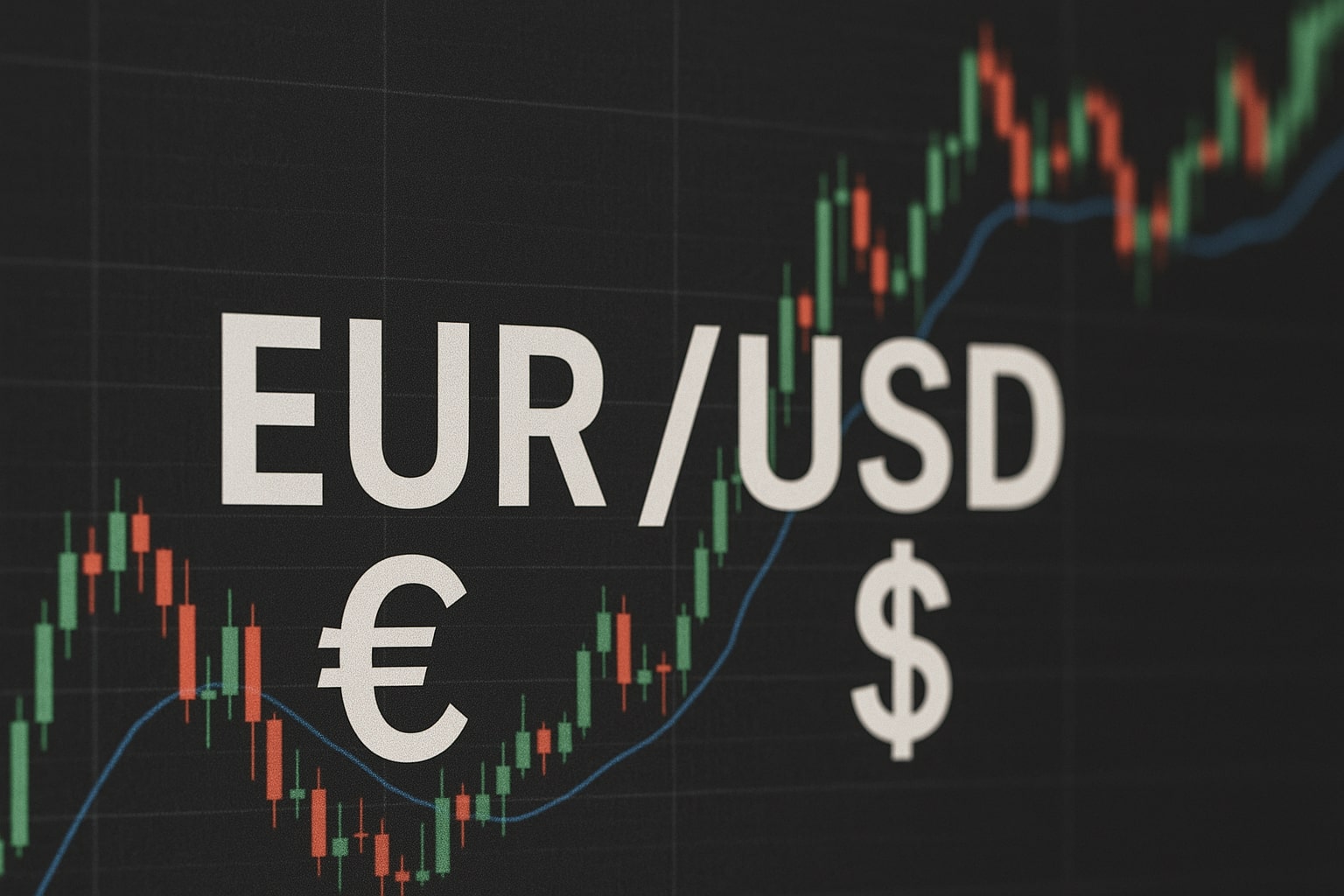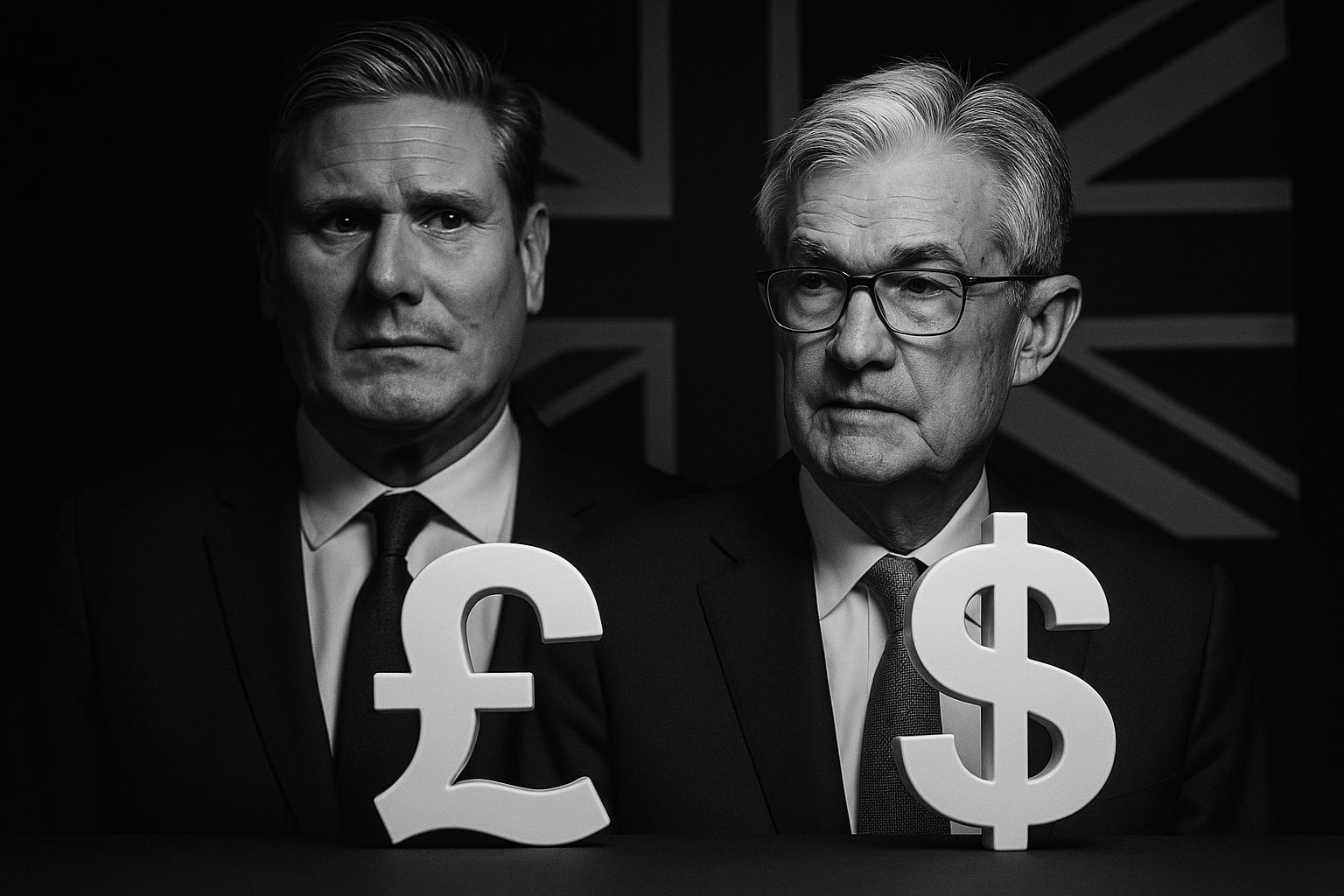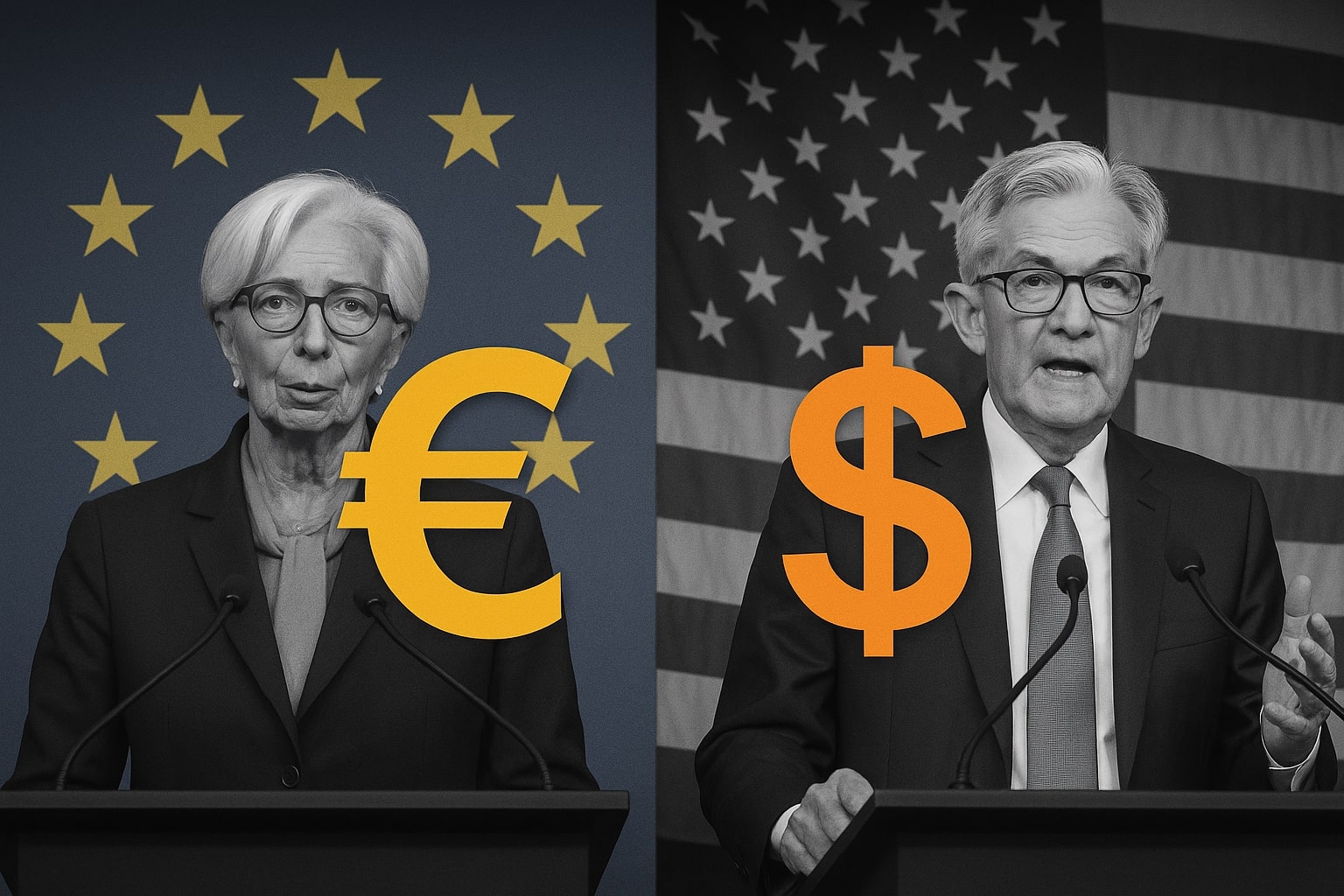EUR/USD Price Action: Analyzing the USD Dominance and Euro's Fight Back
The EUR/USD has been in an intriguing pattern since the beginning of the year, initially reflecting a stronger US dollar as markets were fixated on the potential for the USD to continue its bullish momentum. In the fourth quarter of 2024, the dollar had shown impressive strength, surging more than 7.6% against a basket of currencies. This was the strongest one-quarter performance since 2015, driven by fears over potential tariffs and a broader sentiment that favored the USD as a safe haven. However, the bullish trend for the USD started to show signs of exhaustion as we moved into early 2025. The Euro, despite facing several headwinds, began to mount a modest recovery against the dollar, especially as geopolitical concerns started to escalate and the market reassessed the outlook for the US economy.
Geopolitical Tensions and the Impact on EUR/USD
Amidst the geopolitical chaos, the EUR/USD market faced significant volatility, particularly in the wake of President Trump's comments regarding potential tariffs on European goods. These statements stoked concerns that the European Union could face increased trade tensions with the US, which would have a direct impact on the Euro's stability. In early February 2025, President Trump suggested in passing that Europe had been imposing unfair tariffs on US goods, and that the US might soon retaliate with new tariffs on European products. This raised the specter of further trade disruptions, creating uncertainty for the Euro and putting the EUR/USD under pressure.
Despite the initial market reaction, with the EUR/USD selling off as low as the 1.0200 handle in early February, the decline was short-lived. The oversold conditions combined with resistance from the 1.0200 support level sparked a buying interest, and the EUR/USD pair showed some signs of stabilization. The subsequent weeks led to a slight rally, as traders began to assess the likelihood of a meaningful agreement or a reduction in tariffs. However, the path forward for the EUR/USD remained cloudy, with both technical and fundamental factors continuing to shape investor sentiment.
Breaking Through Resistance: A Potential Breakout for EUR/USD?
As we moved into March 2025, the EUR/USD price action gained momentum, driven by concerns about potential recessions in the US, which weakened the dollar. A sharp sell-off in the dollar continued into April, with the EUR/USD pair pushing higher and even testing key levels around 1.1200. During this period, EUR/USD successfully surpassed several important technical resistance zones, and as of mid-April, the pair had broken above the 1.1000 mark for the first time in months. This marked a significant turning point, as it signified that the dollar weakness could persist, at least in the short term.
However, this bullish run met with a critical psychological barrier at the 1.1500 level, which had previously acted as strong resistance. A failure to break above this point would raise questions about the sustainability of the EUR/USD rally. The 1.1500 resistance level has seen significant trading activity in the past, and it now serves as a crucial level for traders to monitor. Should EUR/USD manage to break above this level, the next target could potentially be as high as 1.1800, with the market likely to push for this level as the next major psychological hurdle.
The RSI and MACD Indicators Suggest Caution Amid Momentum Shift
Technical indicators such as the Relative Strength Index (RSI) and the Moving Average Convergence Divergence (MACD) have been key to understanding the potential shifts in the EUR/USD trend. As the EUR/USD reached the 1.1500 mark, the RSI hit overbought territory, suggesting that the pair may face a correction or consolidation. The MACD histogram, while still above the neutral zero line, has started to show signs of flattening, indicating that the bullish momentum may be fading.
This technical setup, along with the proximity to the 1.1500 resistance level, suggests that a short-term pullback is possible. Traders looking to position for further gains may consider waiting for a breakout confirmation or a retracement towards the 1.1200 to 1.1300 zone, which would serve as a more favorable entry point if the bullish trend continues.
Will a Shift in US Economic Policy Impact EUR/USD?
Another key factor influencing the EUR/USD pair is the Federal Reserve's monetary policy stance. With a 95.6% chance of the Fed holding rates at 4.25%-4.5% in its upcoming meeting in May, the US dollar remains under pressure. If the Federal Reserve signals a reluctance to cut rates or if the US economic data continues to disappoint, this could support the Euro's strength. On the other hand, if the Fed surprises markets with a more hawkish stance or positive economic data, the dollar could regain some of its strength, pushing the EUR/USD pair back down.
This week’s events will be crucial for the pair as market participants closely watch Jerome Powell’s comments and the accompanying economic data. Any indication that the Fed might become more aggressive in its tightening policy could reignite demand for the USD and potentially put pressure on EUR/USD.
EUR/USD Short-Term Forecast: A Tug of War Between Bulls and Bears
In the short term, the EUR/USD seems to be caught between two major forces. On the bullish side, we have the weakening US dollar and the optimism surrounding potential tariff reductions. However, the Euro faces its own set of challenges, including political uncertainty in the European Union and the threat of new tariffs from the US. As a result, EUR/USD is likely to stay within a range between 1.1200 and 1.1500 in the coming weeks, with a breakout above 1.1500 needed to signal further upside potential.
Key Levels to Watch:
-
1.1500 – Major Resistance: The next significant resistance level lies here, with the potential for a breakout that could lead to higher targets such as 1.1800.
-
1.1200 – Major Support: A break below this level could suggest a deeper retracement towards 1.1000, with bearish pressure taking control of the market.
-
1.1000 – Final Support: This psychological level, along with the 50-day EMA, may act as a critical support zone in the event of a market pullback.
The Bottom Line: Bullish or Bearish on EUR/USD?
Given the current technical and fundamental landscape, the EUR/USD outlook remains cautiously bullish in the short term. The pair is currently testing critical resistance levels, and while the RSI and MACD suggest some consolidation, the broader trend remains supportive of a bullish move if the dollar continues to weaken. However, a break above 1.1500 could open the path to more significant gains, whereas failure to hold above key support levels like 1.1200 could trigger a bearish reversal. Therefore, traders should remain alert to these critical levels and developments in both US and EU economic policy, which will ultimately dictate the direction of the EUR/USD pair.




















